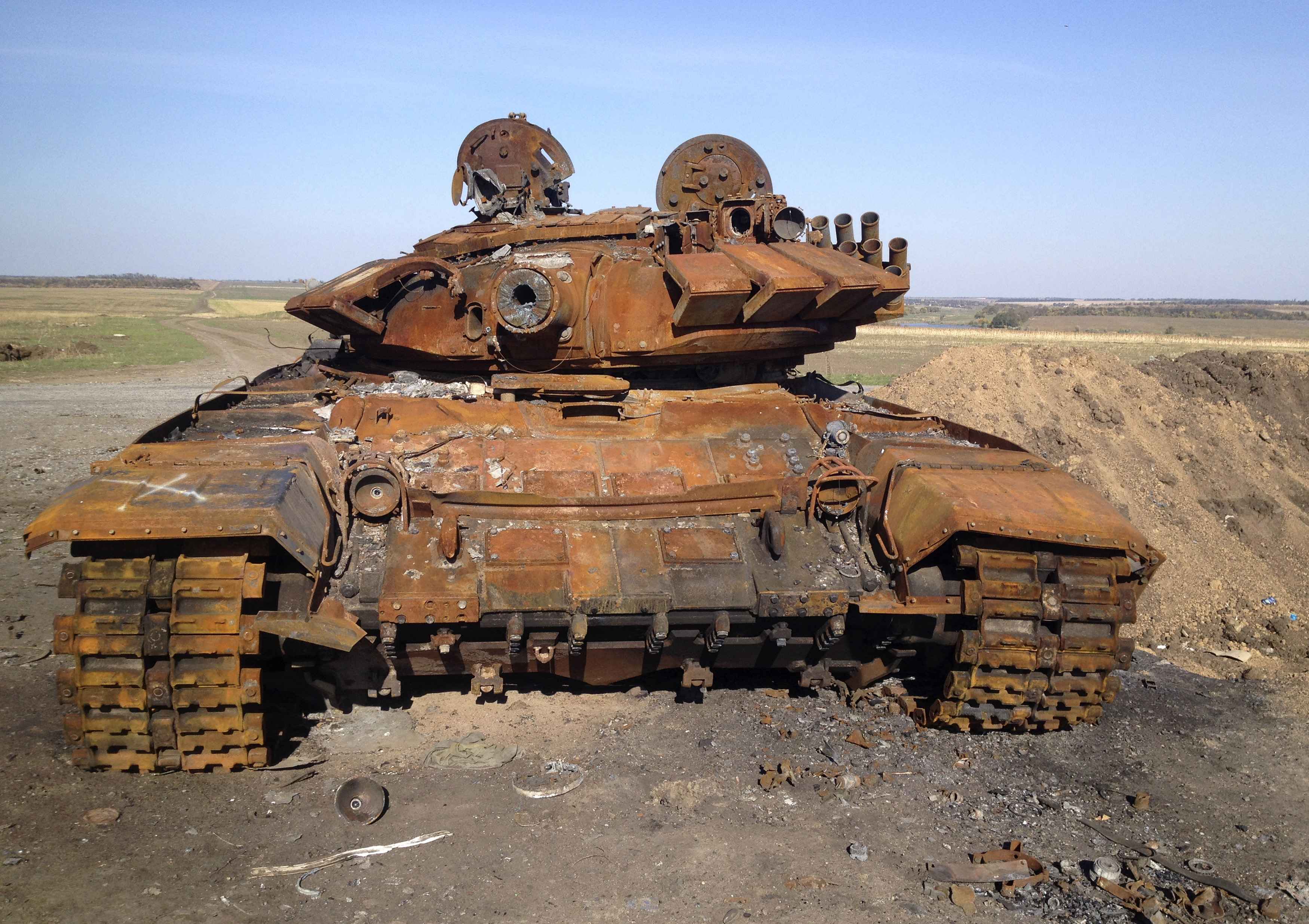The burned-out remains of dozens of tanks and armored vehicles in fields near the village of Horbatenko bear witness to the ferocity of a battle that turned the tide of the conflict in eastern Ukraine.
Most of the tanks were used by the government forces who were routed in August near Horbatenko, 40 km southeast of the rebel stronghold of Donetsk — a defeat so demoralizing that Kiev agreed on a cease-fire with pro-Russian separatists just days later.
But among the debris are the blackened carcasses of what military experts have identified as two Russian army tanks, supporting statements by Kiev and the West that the rebels were backed by troops and equipment sent by Moscow.


















With your current subscription plan you can comment on stories. However, before writing your first comment, please create a display name in the Profile section of your subscriber account page.